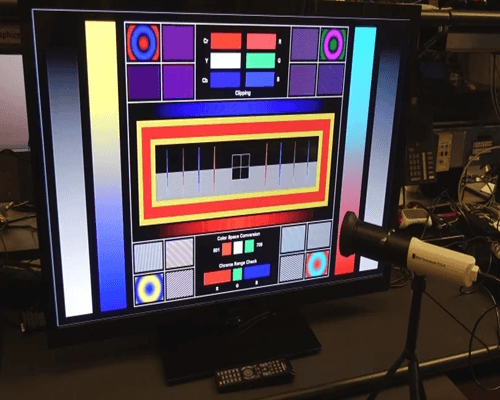How to Calibrate Your TV for the Best Picture Quality: A Step-by-Step Guide

Lattest BlogsNew
Introduction
Begin with an introduction that emphasizes the importance of proper TV calibration for achieving the best picture quality. Mention how calibration can enhance your viewing experience and make your TV display look its best.
Why Calibrate Your TV?
Explain the reasons why TV calibration is important:
- Correct color reproduction
- Optimized contrast and brightness
- Accurate grayscale and gamma settings
Tools Needed
List the tools required for TV calibration:
- TV remote
- Calibration disc or software (e.g., THX Tune-Up, Disney WOW)
- Calibration patterns (can be downloaded or accessed online)
- Optional: Calibration hardware (colorimeter or spectrophotometer)
Step-by-Step Calibration Guide
1. Set Up in a Controlled Environment
- Choose a room with controlled lighting (dimly lit is ideal).
- Avoid direct sunlight or harsh artificial light on the TV screen.
2. Access TV Settings Menu
- Use your TV remote to access the settings menu.
3. Adjust Picture Mode
- Select a calibrated picture mode (e.g., Cinema, Movie, or Custom).
4. Adjust Basic Settings
- Brightness: Adjust until black levels are deep but details are visible.
- Contrast: Set to a level that maintains detail in bright areas without washing out.
5. Color Calibration
- Adjust Color Temperature: Choose a warm color temperature (e.g., 6500K).
- Adjust Color/Tint: Use calibration patterns to fine-tune color accuracy.
6. Fine-Tune Advanced Settings
- Adjust Gamma: Set the gamma curve for optimal contrast and shadow detail.
- Disable Image Enhancement: Turn off unnecessary image processing features.
7. Test Patterns and Calibration Software
- Use calibration patterns to check grayscale, color accuracy, and sharpness.
8. Save Settings (if applicable)
- Some TVs allow you to save calibrated settings as a custom preset.
Conclusion
Summarize the key points of TV calibration and its benefits. Encourage readers to try calibrating their TVs for an improved viewing experience.




